选择热点
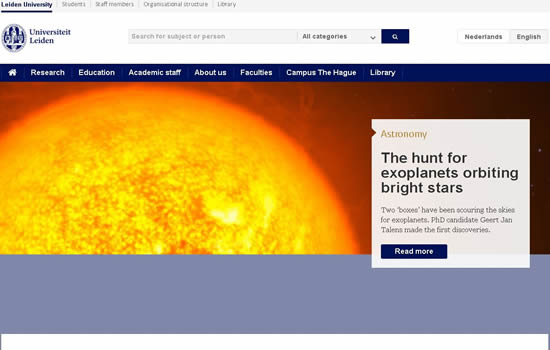 荷兰莱顿大学
荷兰莱顿大学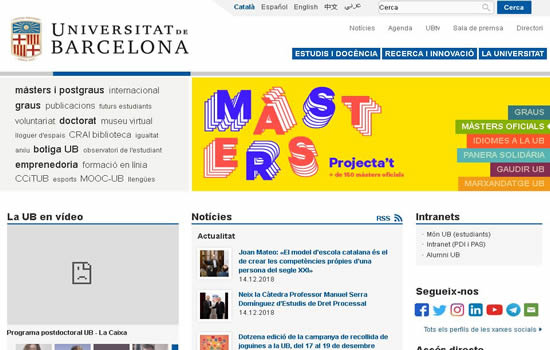 西班牙巴塞罗那大学
西班牙巴塞罗那大学 巴西圣保罗大学 University of Sao Paulo, Brazil
巴西圣保罗大学 University of Sao Paulo, Brazil 台湾南华大学 University of South China in Taiwan
台湾南华大学 University of South China in Taiwan 科技大学 National University of Defense Technology
科技大学 National University of Defense Technology 南京大学 Nanjing University
南京大学 Nanjing University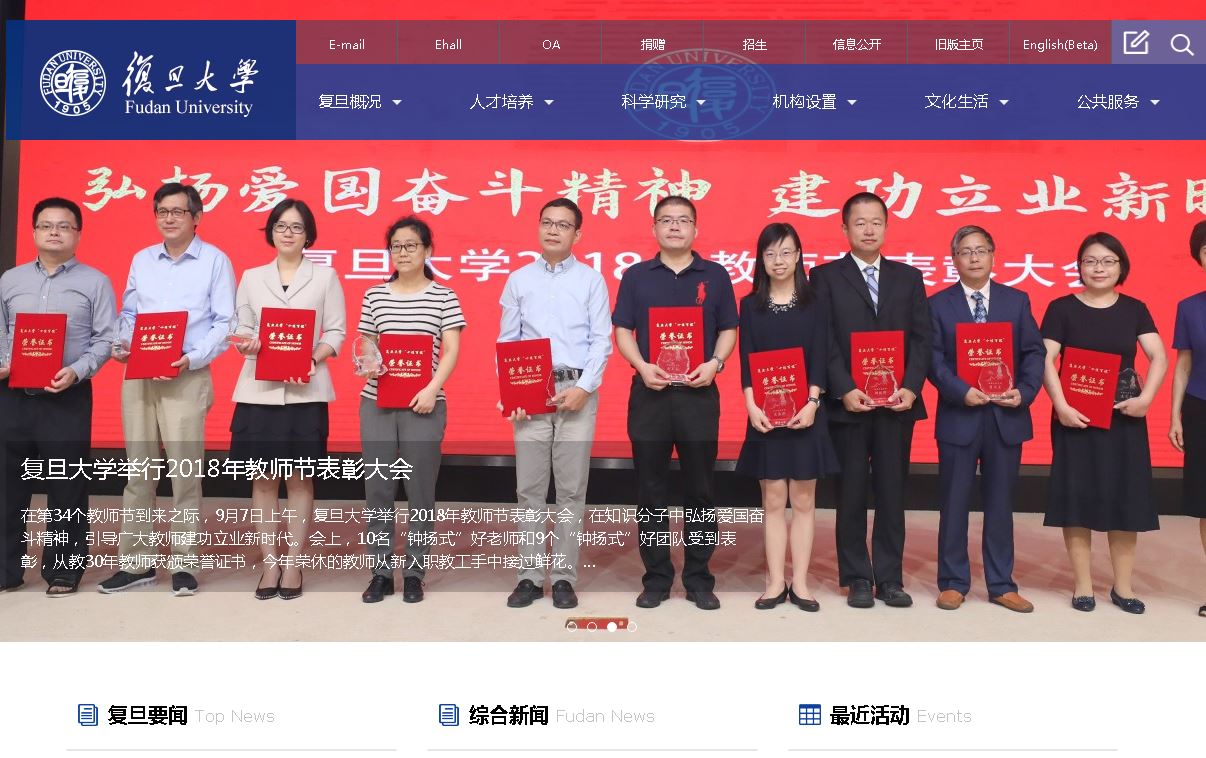 上海复旦大学 Fudan University
上海复旦大学 Fudan University 泗水大学(Ubaya)
泗水大学(Ubaya)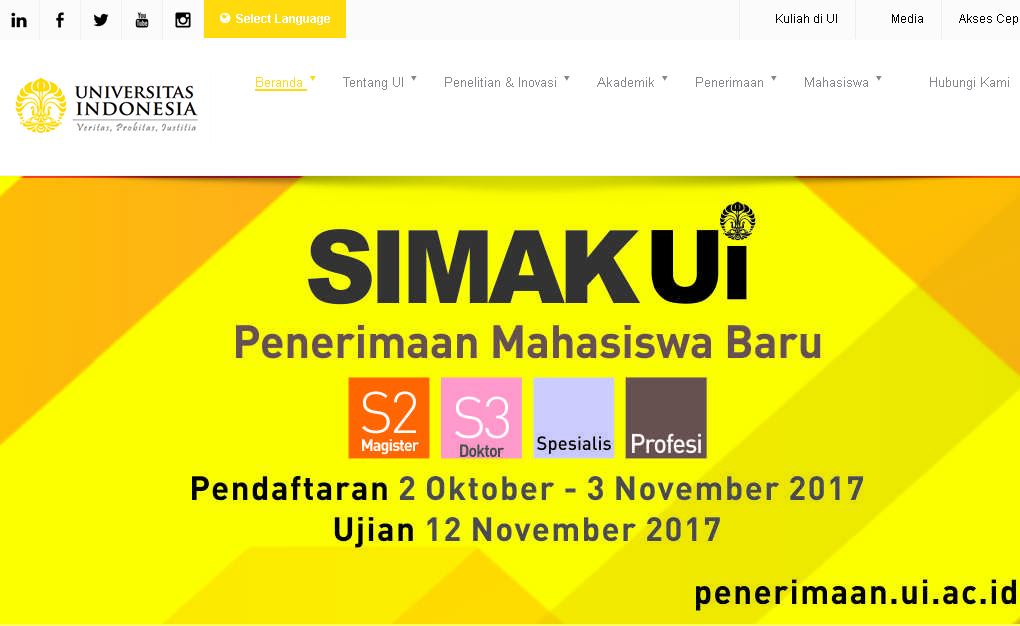 印尼大学 universitas indonesia
印尼大学 universitas indonesia 越南某大学 Vietnam National University
越南某大学 Vietnam National University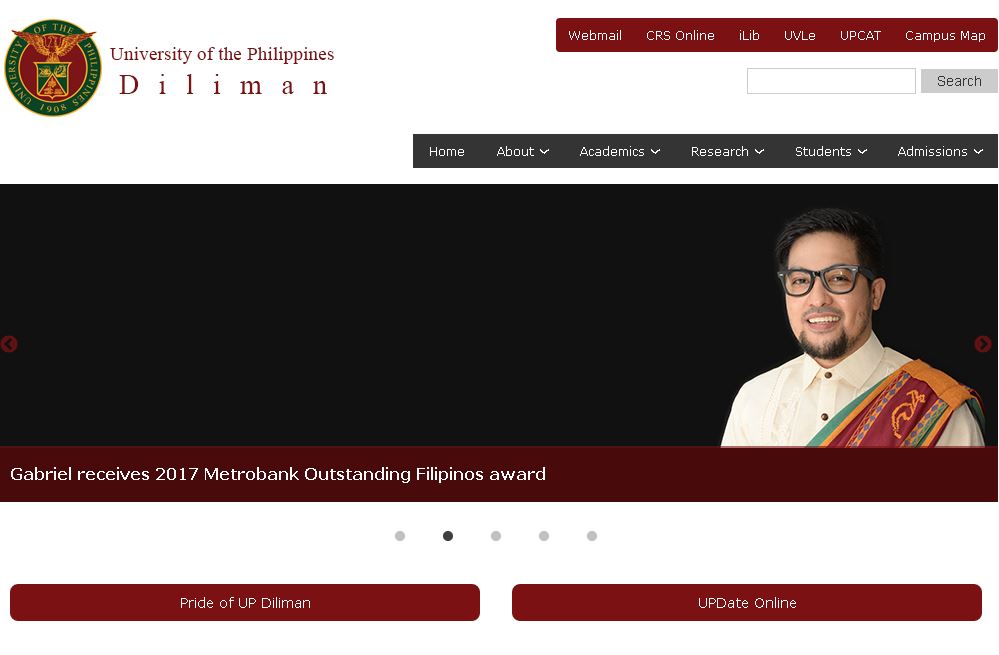 菲律宾大学 University Of The Philippines
菲律宾大学 University Of The Philippines
[双语]别小看了熊猫_Don’t underestimate pandas
发布时间:2025-01-06
来源:大学网站
Don’t underestimate pandas, their bodies can neutralize cyanide不要低估熊猫,它们的身体能中和氰化物。
They’re more than just cuddly creatures它们不仅仅是可爱的动物The giant panda has a complicated reputation.
It is known as an adorable animal, a symbol of Chinese diplomacy, the poster child for endangered animals, the poster child for charismatic megafauna who get too much attention for being endangered, and a creature that’s really bad at sex (with exceptions).
大熊猫在大众心目中的印象其实挺丰富的。
他是人见人爱的大萌物,在中国的国宝也是外交工具,是珍稀动物中的代表,他也是因为濒危得到了太多关注的大型动物中最具魅力的代表,也是最不会交配的动物(但也有例外)。
So it’s unsurprising that pandas are seen as bumbling animals, but in actuality, they do have one very impressive skill: their bodies neutralize cyanide.
Yes, the poisonous chemical that famously smells faintly of almonds.
所以,大熊猫被视为憨厚老实笨手笨脚的动物一点也不奇怪,不过实际上,他们确确实实有意向逆天技能:他们的身体可以中和氰化物。
是的,就是那个闻起来有一点点杏仁味的剧毒化学物质。
You see, raw bamboo contains cyanide and, if eaten, will make the average person extremely sick; it can even be deadly.
(Cooking gets rid of the cyanide.
) Pandas, of course, primarily eat bamboo, and have adapted to overcome this.
In a study published in Nature a couple years ago, scientists investigated how this works by measuring the cyanide content in the bamboo shoots they fed to 20 giant pandas.
In addition to measuring cyanide in the shoots themselves, they measured the cyanide in the pandas’ feces.
你懂得,生竹子里含有氰化物,如果吃下去,可能会导致一般人感觉恶心,甚至有可能致死(通过烹调可以去掉氰化物)。
但是熊猫是吃竹子的,而且身体已经适应,能够中和氰化物了。
在自然杂志两年前刊发的一篇论文中,科学家通过检测他们给20只熊猫喂的竹笋中的氰化物含量调查这一过程是如何实现的,除此之外,还检测了竹笋本身的氰化物含量和熊猫粪便的氰化物含量。
They found that, first, pandas are ingesting cyanide — it’s not like they’ve found a way to only eat bamboo that doesn’t contain it.
Giant pandas absorbed more than 65 percent of the cyanide present in the shoots.
But their bodies were able to turn 80 percent of that absorbed cyanide into a less toxic chemical called thiocyanate, which they then peed out.
It’s an inspiring story, really.
It’s possible to be a giant cuddly animal that everyone underestimates, with the little-known power of being able to eat poison.
首先,实验结果表明,熊猫确实在吃氰化物——它们不大可能找到不含氰化物的竹子。
大熊猫能吸收竹笋中 65 % 的氰化物,不过熊猫的身体能将它吸收的 80% 的氰化物转变成另一种毒性小得多的化学物质——硫氰酸盐,然后再将其排出体外。
真是很让人兴奋和激动。
可能,所有人的低估了这只大萌兽,因为大家都不知道他们还能吃毒药。
【[双语]别小看了熊猫_Don’t underestimate pandas查看网站:[db:时间]】
They’re more than just cuddly creatures它们不仅仅是可爱的动物The giant panda has a complicated reputation.
It is known as an adorable animal, a symbol of Chinese diplomacy, the poster child for endangered animals, the poster child for charismatic megafauna who get too much attention for being endangered, and a creature that’s really bad at sex (with exceptions).
大熊猫在大众心目中的印象其实挺丰富的。
他是人见人爱的大萌物,在中国的国宝也是外交工具,是珍稀动物中的代表,他也是因为濒危得到了太多关注的大型动物中最具魅力的代表,也是最不会交配的动物(但也有例外)。
So it’s unsurprising that pandas are seen as bumbling animals, but in actuality, they do have one very impressive skill: their bodies neutralize cyanide.
Yes, the poisonous chemical that famously smells faintly of almonds.
所以,大熊猫被视为憨厚老实笨手笨脚的动物一点也不奇怪,不过实际上,他们确确实实有意向逆天技能:他们的身体可以中和氰化物。
是的,就是那个闻起来有一点点杏仁味的剧毒化学物质。
You see, raw bamboo contains cyanide and, if eaten, will make the average person extremely sick; it can even be deadly.
(Cooking gets rid of the cyanide.
) Pandas, of course, primarily eat bamboo, and have adapted to overcome this.
In a study published in Nature a couple years ago, scientists investigated how this works by measuring the cyanide content in the bamboo shoots they fed to 20 giant pandas.
In addition to measuring cyanide in the shoots themselves, they measured the cyanide in the pandas’ feces.
你懂得,生竹子里含有氰化物,如果吃下去,可能会导致一般人感觉恶心,甚至有可能致死(通过烹调可以去掉氰化物)。
但是熊猫是吃竹子的,而且身体已经适应,能够中和氰化物了。
在自然杂志两年前刊发的一篇论文中,科学家通过检测他们给20只熊猫喂的竹笋中的氰化物含量调查这一过程是如何实现的,除此之外,还检测了竹笋本身的氰化物含量和熊猫粪便的氰化物含量。
They found that, first, pandas are ingesting cyanide — it’s not like they’ve found a way to only eat bamboo that doesn’t contain it.
Giant pandas absorbed more than 65 percent of the cyanide present in the shoots.
But their bodies were able to turn 80 percent of that absorbed cyanide into a less toxic chemical called thiocyanate, which they then peed out.
It’s an inspiring story, really.
It’s possible to be a giant cuddly animal that everyone underestimates, with the little-known power of being able to eat poison.
首先,实验结果表明,熊猫确实在吃氰化物——它们不大可能找到不含氰化物的竹子。
大熊猫能吸收竹笋中 65 % 的氰化物,不过熊猫的身体能将它吸收的 80% 的氰化物转变成另一种毒性小得多的化学物质——硫氰酸盐,然后再将其排出体外。
真是很让人兴奋和激动。
可能,所有人的低估了这只大萌兽,因为大家都不知道他们还能吃毒药。
【[双语]别小看了熊猫_Don’t underestimate pandas查看网站:[db:时间]】
- 上一篇: 平昌冬奥会最美战袍 你最喜欢哪一套
- 下一篇: 三八女神特辑:霸气女神 董明珠
相关阅读
目录列表
资讯列表
英语资讯


共0条评论
网友评论温馨提示:您的评论需要经过审核才能显示,请文明发言!